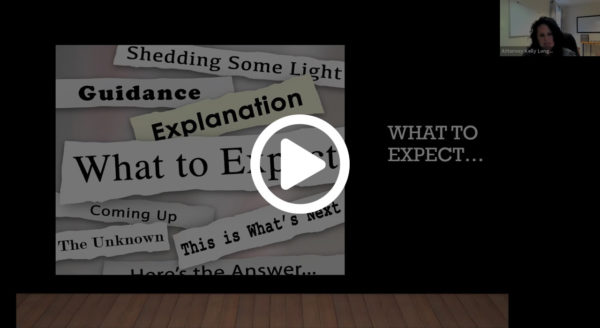Homeowners may place their property in a revocable living trust (i.e., a living trust) to avoid probate. Placing property in a trust makes the trust the legal owner of the property, which requires drafting a new deed in the trust’s name.
A home equity loan (also known as a second mortgage) allows homeowners to borrow money using the equity in their home as collateral. A home equity loan is dispersed in a lump sum and paid back in monthly installments. This type of loan is often used to pay for big expenses, such as a home improvement project.
Some lenders prefer to only extend a home equity line of credit to a person—not a trust. Depending on the bank, this could mean taking a property held in trust out of the trust and deeding it back to the homeowner. The property can be transferred back into the trust when the loan is secured; the homeowner does not have to wait until the loan is repaid. If you deed your home out of the trust and back to you, make sure that the home gets transferred back to the trust if you want to avoid probate.

